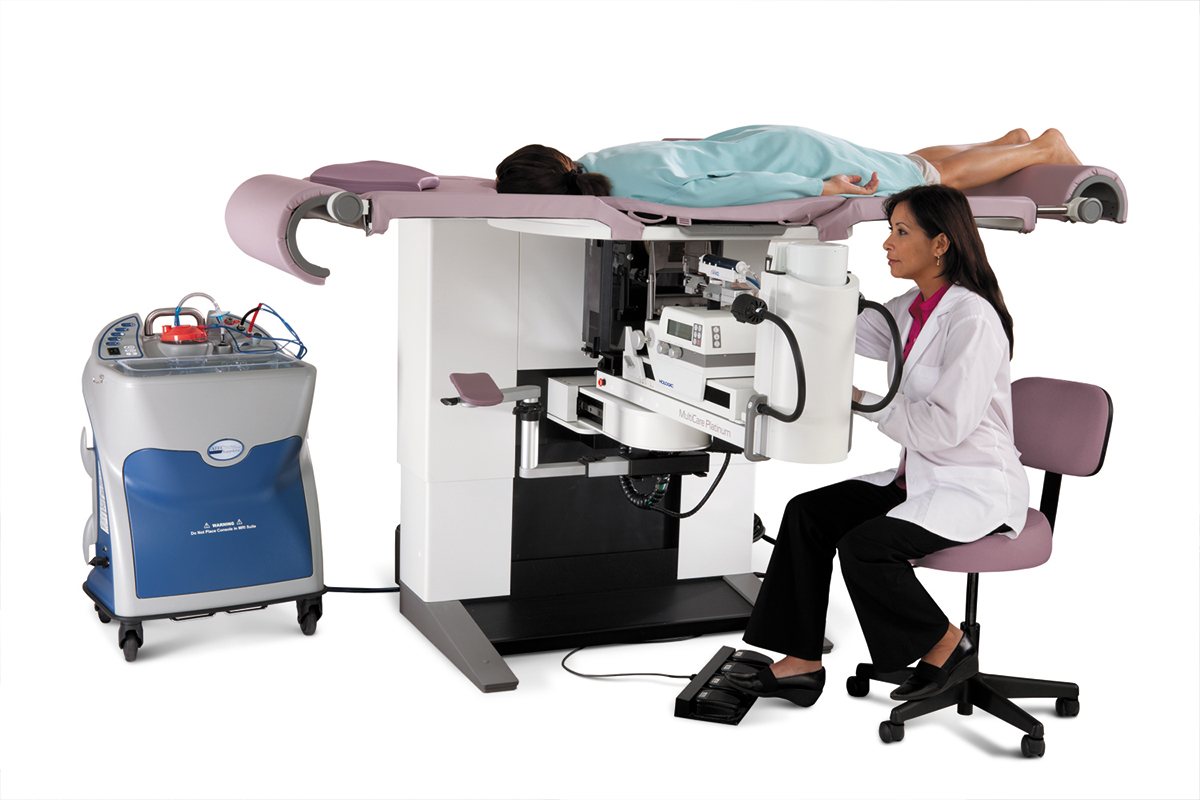A NASA Film Crew Set Up Shop at Newton-Wellesley Hospital

photo of the hubble technology in use provided by Newton-wellesley hospital
A video crew from NASA visited Newton-Wellesley Hospital (NWH) in December to film an upcoming documentary. The film will highlight the role that the Hubble Space Telescope has played in women’s imaging. Basically, the technology has completely changed how diagnostic biopsies are conducted—with a needle rather than a scalpel.
The Space Telescope Science Institute is celebrating the Hubble’s 25th anniversary this year by creating a documentary on how the telescope has impacted medicine. The film will be showcased as 13 episodes available on the NASA.gov, scheduled to be released towards the end of 2015.
“The exact same technology that NASA chose for Hubble was adopted by Hologic, Inc., a Bedford-based medical equipment company, for the digital spot mammography system in its prone biopsy table,” said Alan Semine, MD, chief of breast imaging at Newton-Wellesley Hospital. “Both applications need high resolution to see fine details, wide dynamic range and low light sensitivity to shorten exposure time.”
Semine says that Hologic’s system creates images of suspicious breast tissue in a clear and efficient manner, which in turn can save time and money for the patient. The system also is said to reduce pain, limit radiation exposure, and eliminate the scarring that would normally be the result of invasive techniques.
“Today, we take it for granted that we have digital mammograms and digital chest x-rays, but two decades ago, a digital image of an x-ray was brand new,” Semine said. “It was the improved resolution that originated with the research of the Hubble that allowed us to apply it to a medical purpose.”


